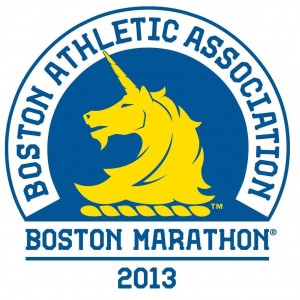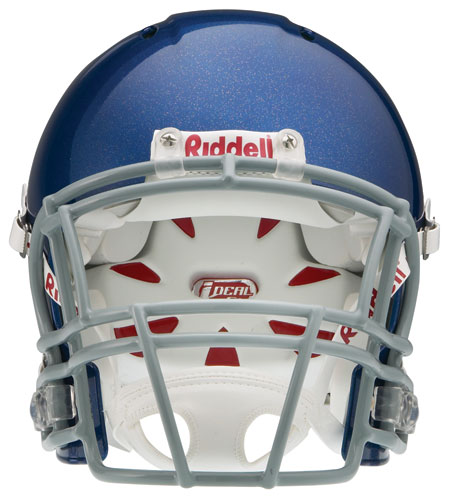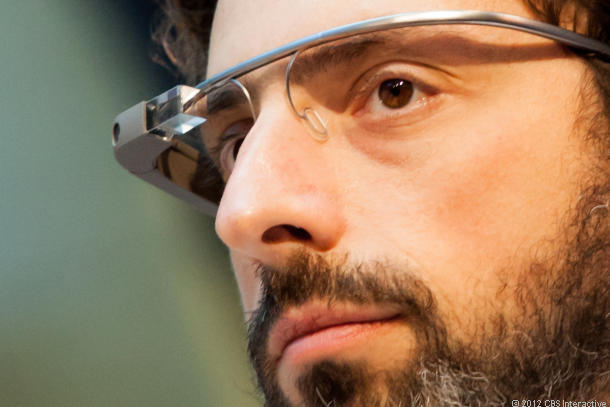 I wish I could say that I was shocked by the explosions that rocked the Boston Marathon on Monday. But I wasn’t. Appalled, disgusted, and cringing for others, yes, but shocked, no.
I wish I could say that I was shocked by the explosions that rocked the Boston Marathon on Monday. But I wasn’t. Appalled, disgusted, and cringing for others, yes, but shocked, no.
Since 2001 I have long expected that a major road race would eventually be a target. It is, quite frankly, too easy. A 26.2 mile race course is unsecurable. Boston’s marathon has 500,00 spectators and New York has two million. Those spectators are a large part of what makes such events magnificent pieces of urban theatre.
Do the risks of such events mean that we should not create them or participate?
In 2001 the fires were still burning at the wrecked World Trade Center when 25,000 runners stormed over the Verrazano Bridge to start New York. I was one of them. If not for the attack, I would have deferred my entry due to injury. But the thought of canceling vanished from my mind when I learned the race was going forward; it was better to run slowly than not run at all.
Each of us, runner and spectator alike, knew back then that we wore bulls eyes on our shirts. Yet the crowds were as large as I’ve ever seen. It was important to both commemorate those that had been killed as well as the vitality of lives that we had.
If we want to live in a free society we have to accept such risks. The alternative is unacceptable. Since the September 11 attack I’ve run a dozen races with fields of 15,000+ in New York, Boston and Washington DC, the last of which was the Cherry Blossom 10-miler in the capital last week.
The only acceptable response is to continue on with life, to enjoy what you enjoy doing. Cowering is not an option. I don’t believe that the families of those killed and those injured would want to cede freedom to fear.

Boston Marathon finish line in the winter.
Photo credit: Me.
One point on the bombing that I did want to mention: Unless there was a certain significance to the date, I think New York might have been the original target and that after the race was canceled due to hurricane Sandy the attack was moved to Boston.Why? Because the bombs went off at 4:09 into the race. (That time is based on the first of three waves of runners, each 20 minutes apart.)
While 4:09 would be ahead of the mid-pack of New York (average time in 2009 was 4:24), it is the back end of the pack for Boston runners. That is because the vast majority get into Boston based on strict qualifying times (average finishing time in 2010 was 3:50), while New York stresses a more democratic lottery system. One of the great allures of Boston is not just its age, but the fact that it is merit-based.
Those in the back of the pack, the ones mostly affected here, were running for charities or sponsors, who didn’t get in based on the swiftness of their legs.
The timing of the bombs is significant because they not only affect those in the immediate vicinity (mostly spectators), but they create city-wide chaos since an army of people are still running toward the spots when it happens.
Attacking the back of the Boston race is much different than attacking the front of New York. While in Boston 17,000 had already finished the race from a starting field of 23,000, in New York most would have been behind the bombing and the starting field would have been almost 50,000. Instead of six thousand Boston runners, it would have been tens of thousands of New York runners. Trying to stop such an event on the fly is a daunting concept, to say the least. And reconnecting each of these people to items that they had checked in bags at the start (hotel keys, car keys, phones to connect with family, money for transportation, etc.) would be a logistical nightmare.
On a final note, the graphic I choose to use here is not one of blood and fear, but a simple photo of the finish line that I shot in December 2008 out the hotel window of the Charlesmark Hotel that sits over the finish line. I wish to remember the excitement that leads up to running one of these races and to remember Boston as I had run it the first time.
Some psychotic(s) want to affect the rest of us by terrorism. But I’m not interested in losing my fond memories, or stopping the creation of new ones.
Remember those killed and injured. Honor them in a manner that you believe is appropriate. Then lace up the sneakers and go for a run, and live the life that you want to lead regardless of those that wish to stand in the way.



